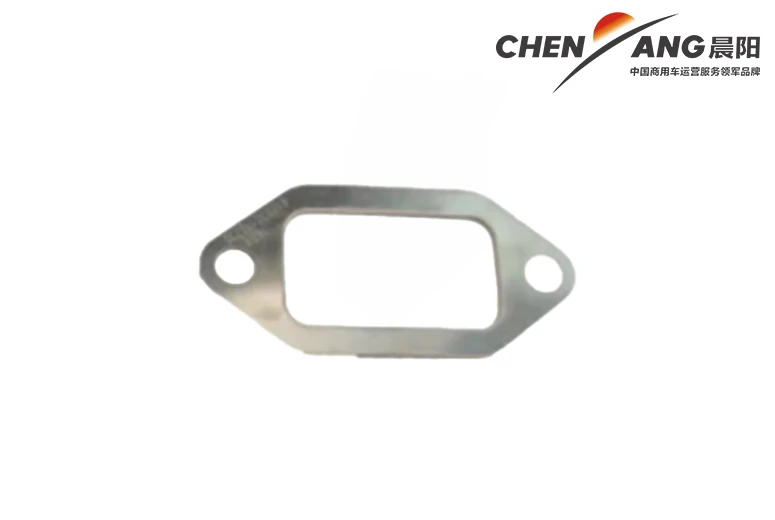transmission clutch actuator
Understanding the Transmission Clutch Actuator Function, Importance, and Maintenance
The transmission clutch actuator is a crucial component in modern vehicles, especially those equipped with automatic or semi-automatic transmission systems. This device plays a significant role in ensuring seamless gear changes and improving overall vehicle performance. In this article, we will explore the function of the transmission clutch actuator, its importance in automotive engineering, and tips for maintaining it to ensure optimal vehicle performance.
Function of the Transmission Clutch Actuator
The primary function of the transmission clutch actuator is to engage and disengage the clutch based on the vehicle's speed and the driver's input. It utilizes hydraulic pressure to control the clutch mechanism, enabling smooth transitions between gears. The actuator is typically controlled by the vehicle's Engine Control Unit (ECU), which processes information from various sensors to determine the optimal timing for clutch engagement or disengagement.
This automation of clutch control eliminates the need for manual intervention, which is particularly beneficial in heavy traffic or challenging driving conditions. Moreover, the actuator aids in optimizing fuel efficiency by ensuring that the engine operates at the most efficient RPM (Revolutions Per Minute) during gear changes.
Importance of the Transmission Clutch Actuator
The transmission clutch actuator is a vital part of the vehicle's powertrain system. Its significance can be attributed to several factors
1. Enhanced Performance By ensuring precise and timely clutch engagement, the actuator helps improve acceleration and deceleration, allowing for better performance of the vehicle.
2. Driver Comfort The automated nature of the system relieves the driver from the physical strain of manual clutch operation, enhancing overall driving comfort, especially in stop-and-go traffic.
3. Reduced Wear and Tear A well-functioning clutch actuator minimizes the chances of slippage that can lead to premature wear of the clutch plates, thereby extending the lifespan of the clutch system.
transmission clutch actuator

5. Emissions Control An efficient transmission system, aided by a functional clutch actuator, helps maintain lower emissions, thus contributing to environmental sustainability.
Maintenance of the Transmission Clutch Actuator
To ensure the longevity and reliability of the transmission clutch actuator, regular maintenance is essential. Here are some useful tips
1. Regular Inspections Have periodic check-ups to assess the condition of the actuator and surrounding components. Look for signs of leaks or wear.
2. Fluid Maintenance Ensure that the hydraulic fluid levels are adequate and that the fluid is in good condition. Change the fluid as per the manufacturer’s recommendations to avoid contamination.
3. Diagnostic Checks Utilize diagnostic tools to monitor the actuator’s performance. Many modern vehicles have onboard diagnostics that can alert you to any issues.
4. Listen for Unusual Noises Pay attention to any strange noises during gear shifts, which may indicate problems with the actuator.
5. Follow Manufacturer Guidelines Adhere to the service intervals recommended by the vehicle manufacturer to keep the clutch actuator functioning effectively.
Conclusion
The transmission clutch actuator is an indispensable component that greatly enhances the performance and efficiency of modern vehicles. By understanding its function and importance, as well as implementing proper maintenance practices, drivers can ensure a smooth driving experience. As technology continues to advance, the role of the transmission clutch actuator will undoubtedly evolve, but its fundamental importance in vehicle operation will remain unchanged. Keeping this component in top shape will not only promote a better driving experience but also contribute to the vehicle's overall longevity and reliability.
-
2BFY Traction Series Grain Fertilizer Seeder - Chenyang Group | Seeding & FertilizingNewsJul.29,2025
-
2BFY Traction Series Grain Fertilizer Seeder-Chenyang Group|Seeding Fertilizing,Hydraulic ControlNewsJul.29,2025
-
2BFY Traction Series Grain Fertilizer Seeder-Chenyang Group|Integrated Seeding&FertilizingNewsJul.29,2025
-
Weichai WP12 Generator Alternator Assembly for High Efficiency PowerNewsJul.29,2025
-
2BFY Traction Series Grain Fertilizer Seeder-Chenyang Group|Integrated Seeding&FertilizingNewsJul.29,2025
-
Weichai Engine Oil Filter – High Efficiency, Durable, OEM QualityNewsJul.29,2025
Popular products

























